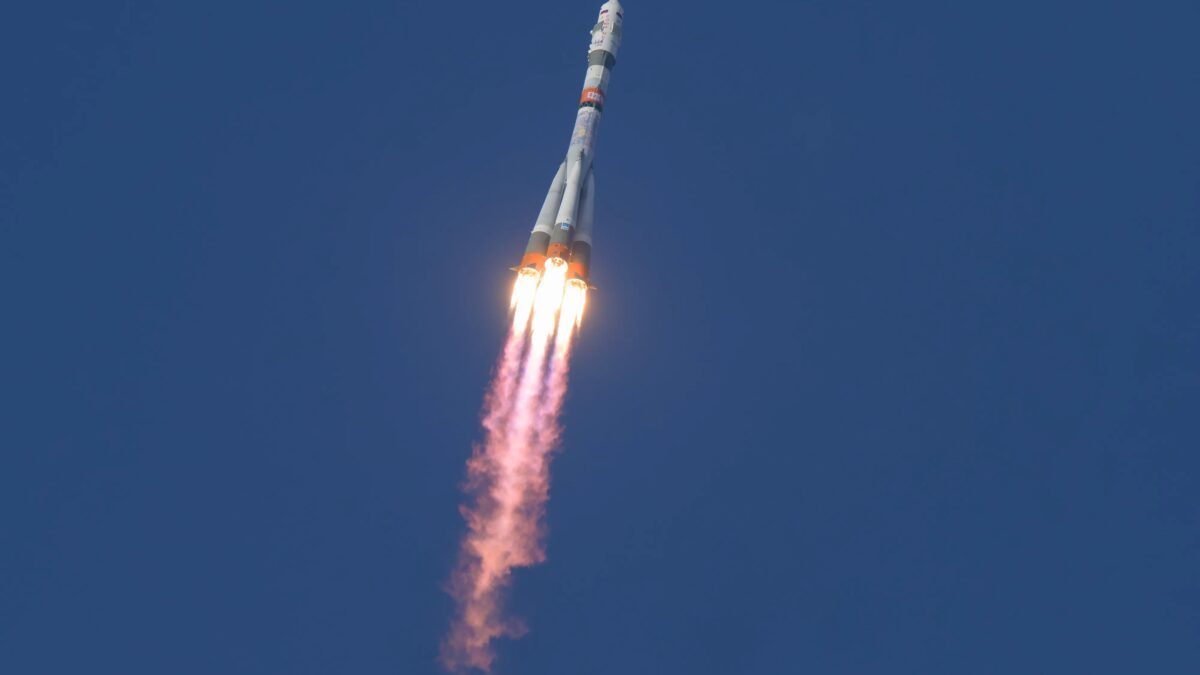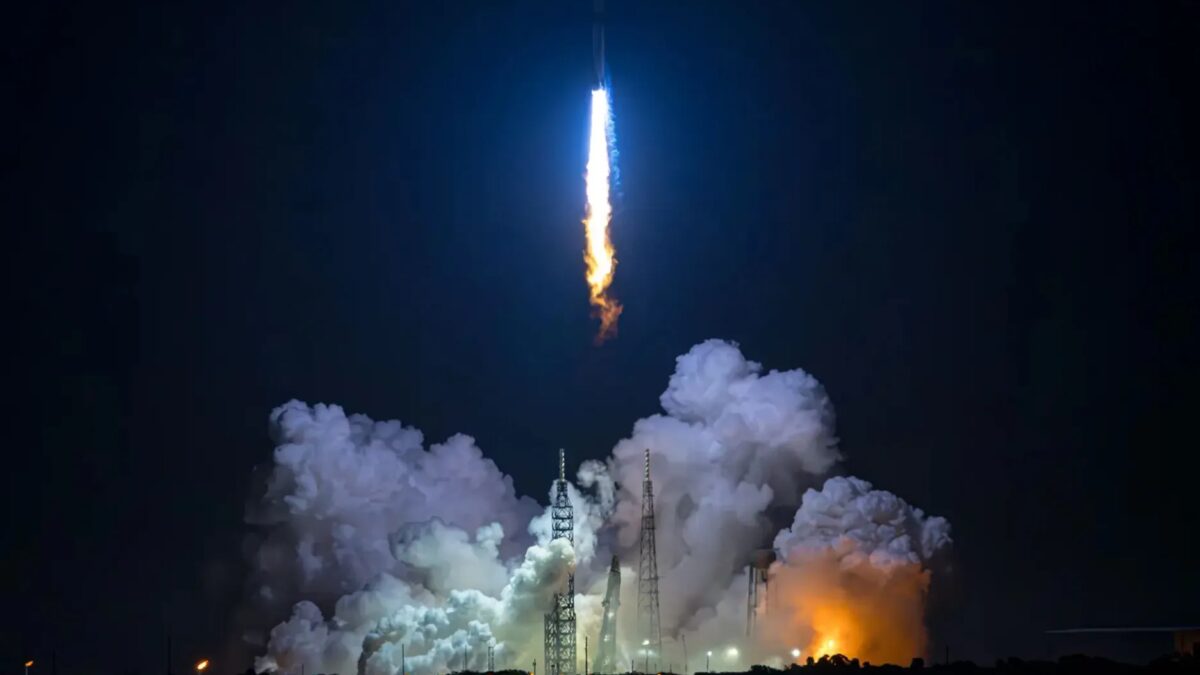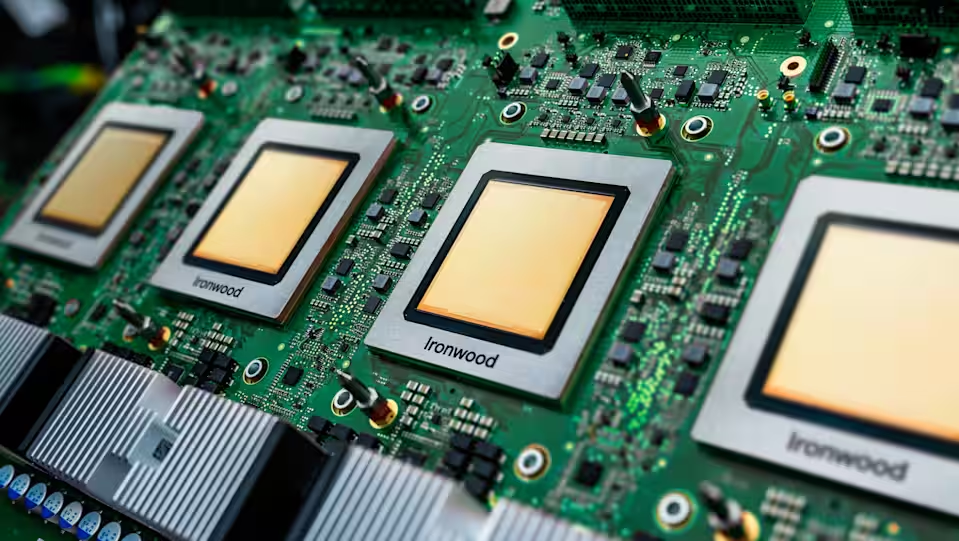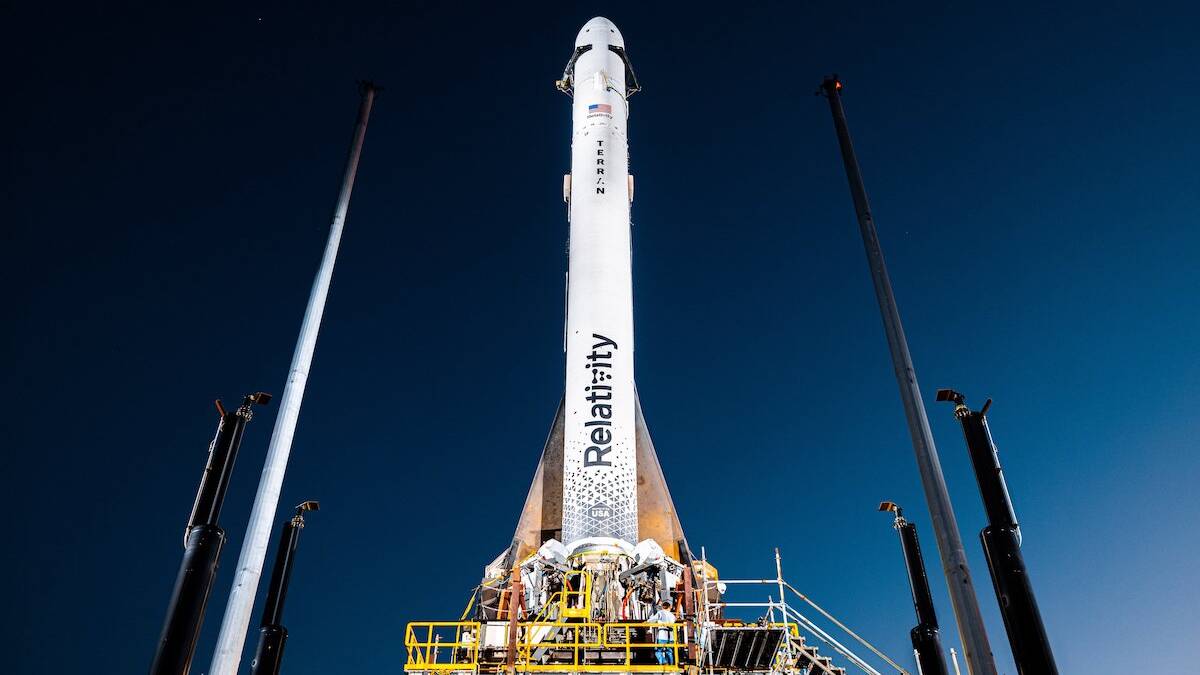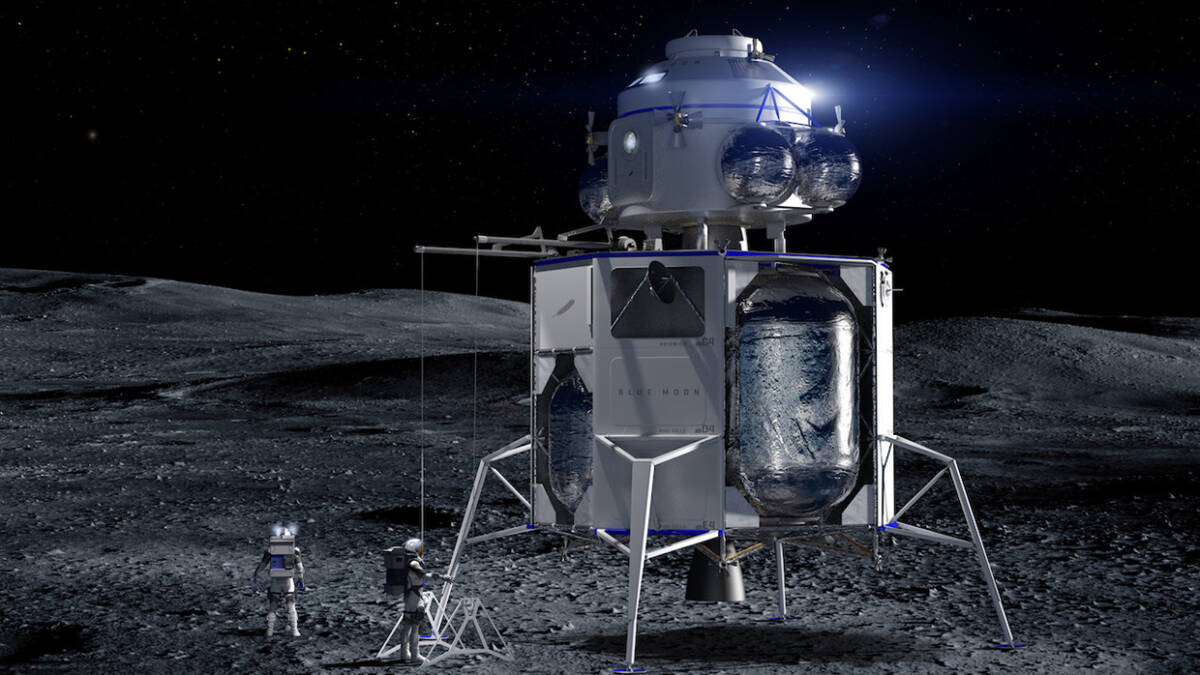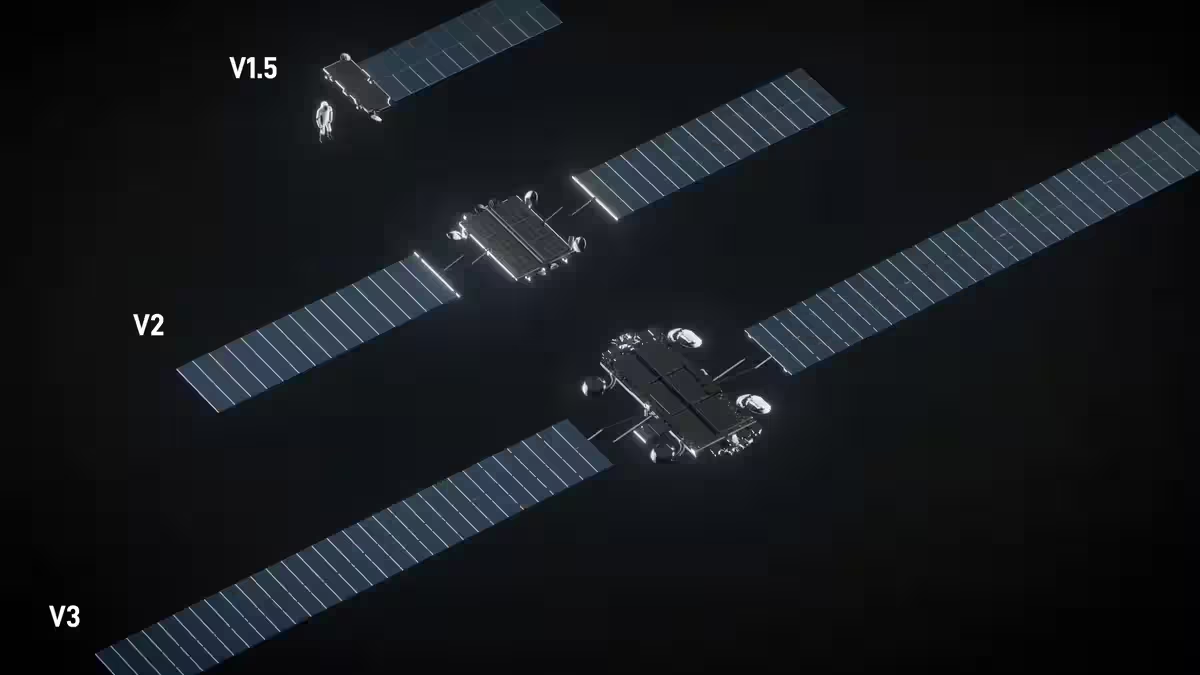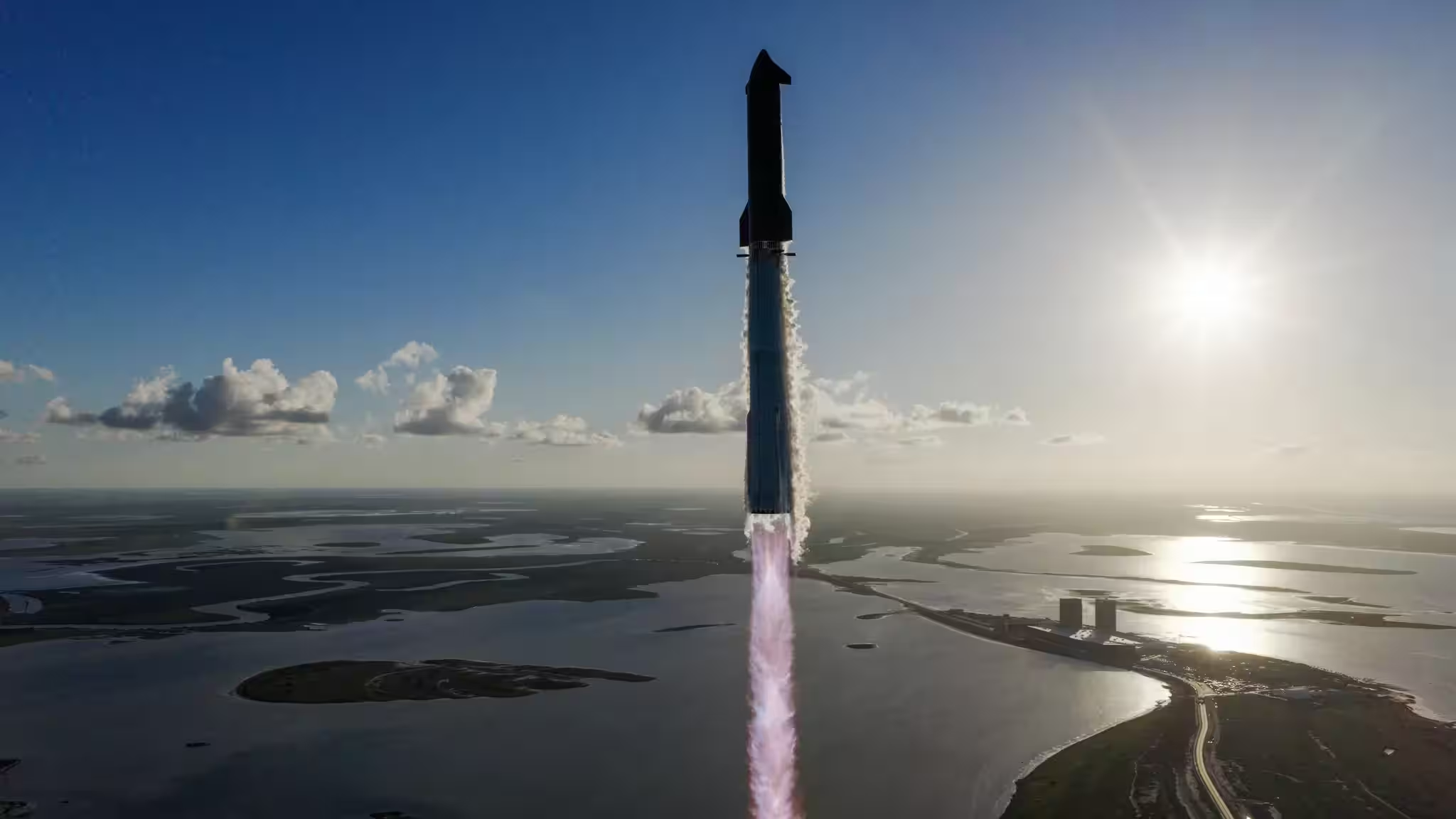NASA will send a giant drone to Saturn’s largest moon
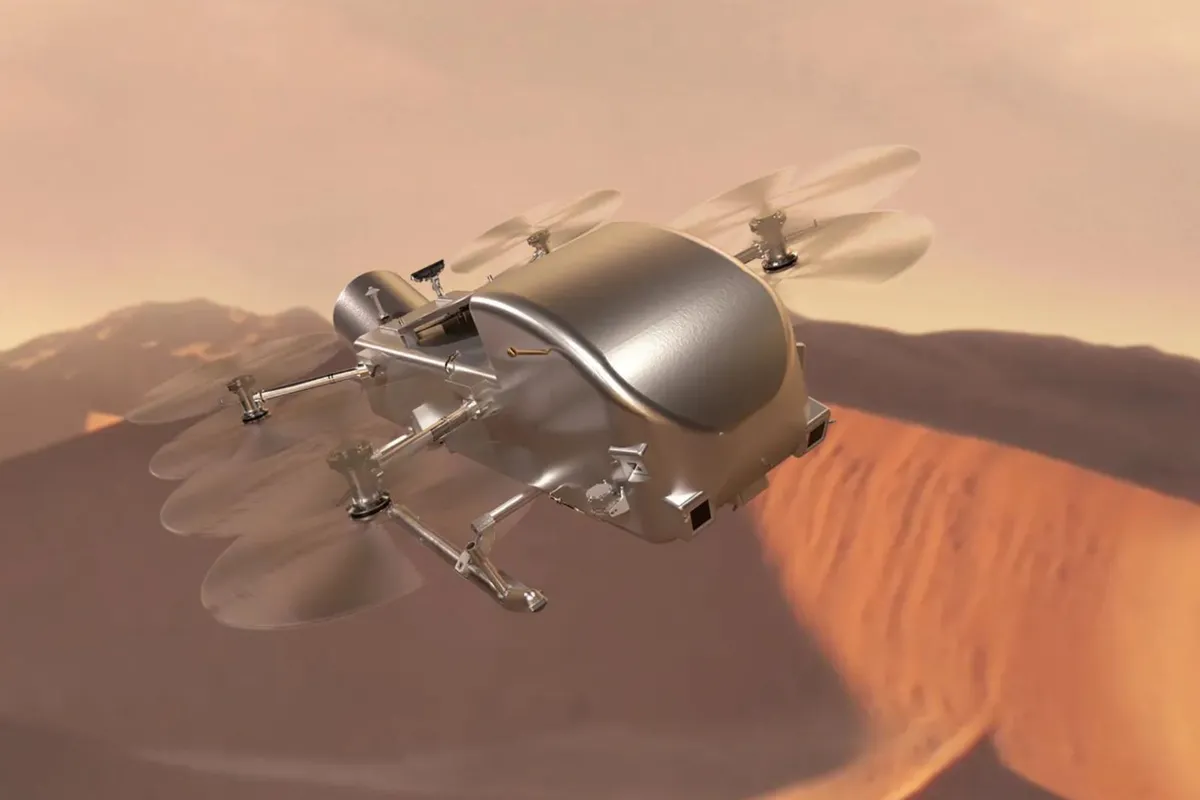
The agency has set the launch date for its Dragonfly rotorcraft to Titan for July 2028.
The agency has set the launch date for its Dragonfly rotorcraft to Titan for July 2028.
NASA has gotten the go-ahead to send a flying drone-like vehicle to explore Titan, the largest of Saturn’s 146 moons. Scheduled for a July 2028 launch, the agency announced Tuesday that it can now finalize the final design of Dragonfly — a Mars rover-sized rotorcraft that will be used to detect «prebiotic chemical processes common on both Titan and early Earth before the emergence of life».
NASA announced Tuesday that it has been given the go-ahead to send a drone-like craft to Titan, which will be used to detect «prebiotic chemical processes common on both Titan and early Earth before the emergence of life.

